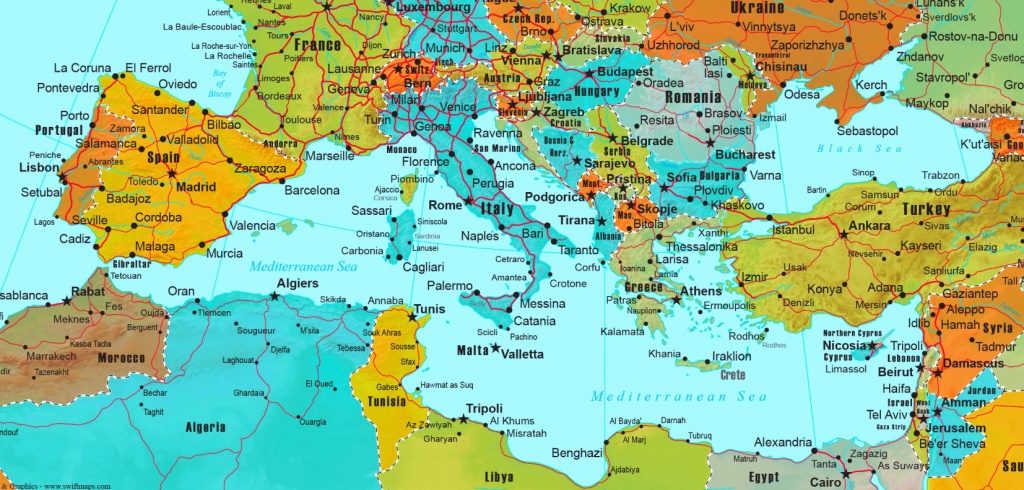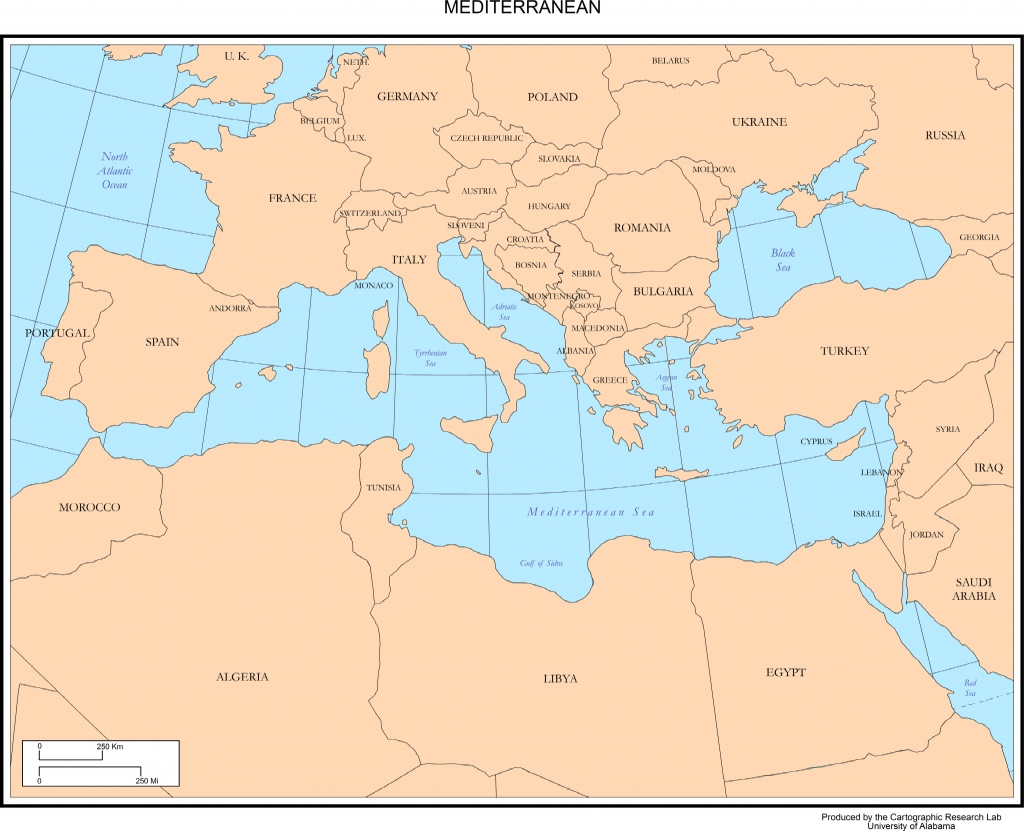
Evaporation is especially high in its eastern half, causing the water level to decrease and salinity to increase eastward. The quantity of fresh water flowing into the Mediterranean from rivers is only one-third of the amount lost through evaporation. In Turkish, it is Akdeniz, "the white sea." In Arabic, it is Al-Baħr Al-Abyad Al-Muttawasit (البحر الأبيض المتوسط), "the middle white sea."Įvaporation greatly exceeds precipitation and river runoff in the Mediterranean, affecting the water circulation within the basin. In Hebrew, it is called HaYam HaTikhon (הַיָּם הַתִּיכוֹן), "the middle sea," a literal adaptation of the German equivalent Mittelmeer. Mostly, however, it was the "Great Sea" ( Num. 12:81), because that people occupied a large portion of its shores near the Israelites. 6:24 Joel 2:20), and also the "Sea of the Philistines" ( Exod. In the Old Testament, on the west coast of the Holy Land, and therefore behind a person facing the east, it is called the "Hinder Sea," sometimes translated as "Western Sea," ( Deut. The Greeks named it Mesogeios (Μεσόγειος), meaning inland, interior It was, for example, commonly called Mare Nostrum (Latin, “Our Sea”), and occasionally Mare Internum by the Romans (Sallust, Jug. The Mediterranean Sea has been known by a number of alternative names throughout human history.

To the ancient Romans, the Mediterranean was the center of the Earth as they knew it. The term Mediterranean derives from the Latin mediterraneus, “inland” ( medius, “middle” + terra, “land, earth”). Bordered by more than 20 countries and territories depending on it as a crucial part of their economy, the Sea is strategically positioned to serve as a test ground for developing strategies of multinational collaboration in exploiting and managing a shared aquatic resource. In the past few centuries, human activity has brought about irreversible changes in the ecology and geology of the Mediterranean Sea. Knowledge of the history of the Mediterranean is crucial to understanding the origins and development of many modern societies. For the entire region, the Sea itself was the most important route for merchants and travelers of ancient times, allowing for trade and cultural exchange between emergent peoples of the region-the Mesopotamian, Egyptian, Semitic, Persian, Phoenician, Carthaginian, Greek and Roman cultures. Historically, the warm and temperate climate of the Mediterranean Sea region allowed numerous ancient peoples to establish themselves and flourish, developing traditions of philosophy, art, literature, and medicine which lie at the roots of modern Western and Middle Eastern culture. To the southeast it is connected with the Red Sea by the man-made Suez Canal.

To the northeast the Mediterranean Sea is connected with the Black Sea through the Dardanelles (with a sill depth of 230 feet), the Sea of Marmara, which is often considered to be part of the Mediterranean Sea, and the strait of the Bosporus (sill depth of about three hundred feet). In oceanography, the Mediterranean Sea is sometimes called the Eurafrican Mediterranean Sea or the European Mediterranean Sea, to distinguish it from mediterranean seas elsewhere. The surface area of the Mediterranean Sea is approximately 965,000 square miles (2.5 million square kilometers). It is bounded on the north by Europe, on the south by Africa, and on the east by Asia and it joins with the Atlantic Ocean through the Strait of Gibraltar only eight miles (13 kilometers) wide and 1,050 feet (320 meters) deep. The Mediterranean Sea, a sea of the Atlantic Ocean, lies between the continents of Eurasia and Africa enclosed almost completely by land.


 0 kommentar(er)
0 kommentar(er)
